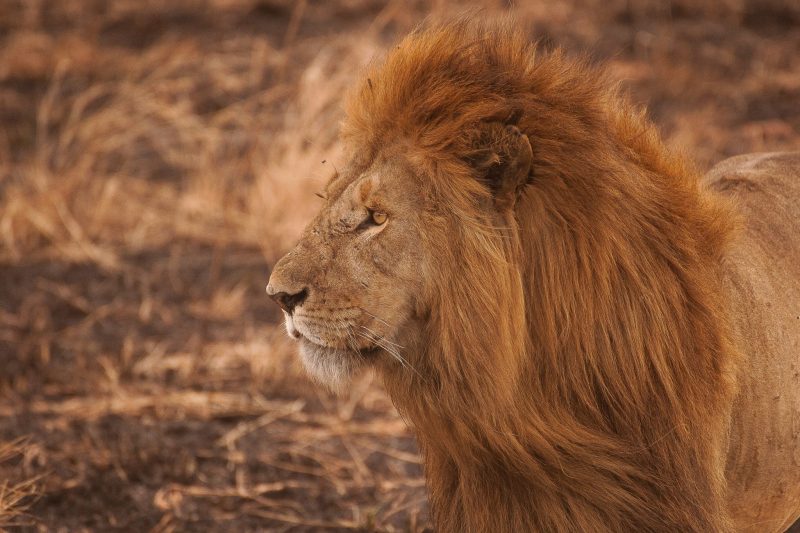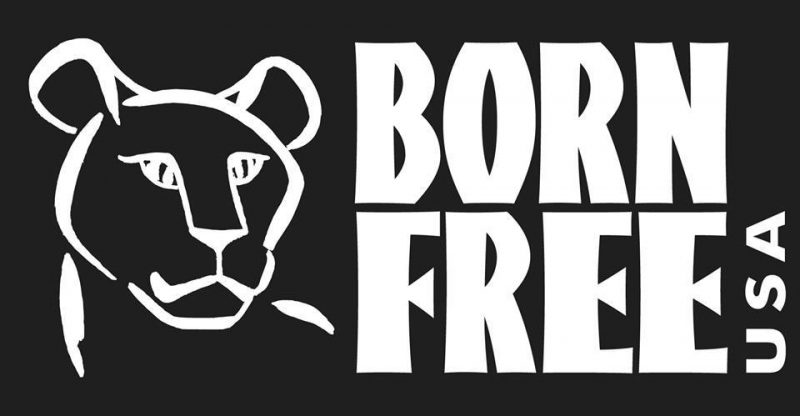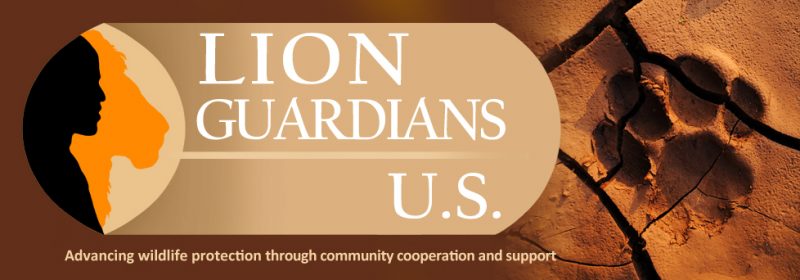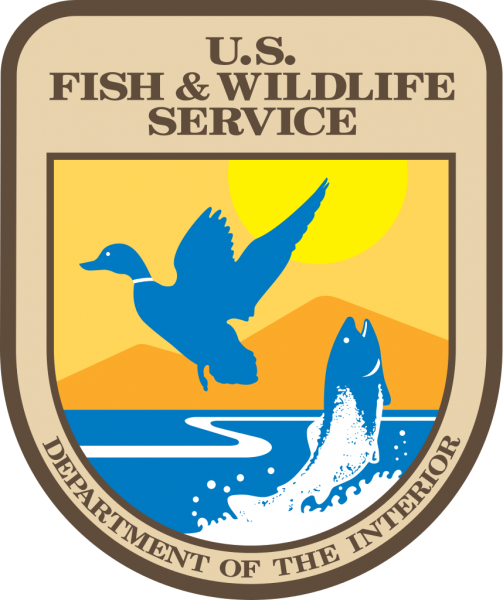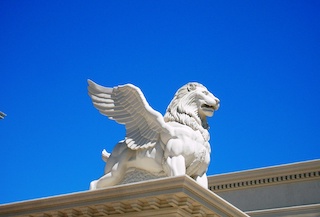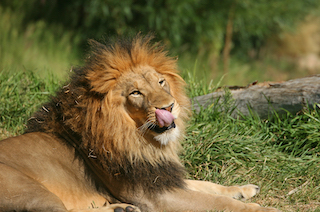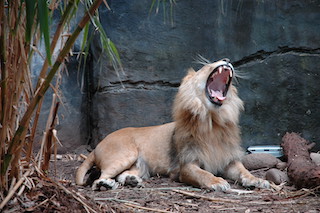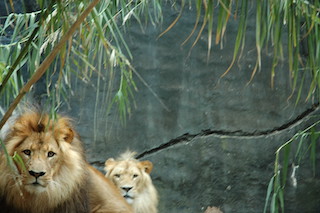Organisations That Help Conserve Lion Population
Lions are susceptible to tick-borne diseases such as canine distemper and babesia. They contract distemper by eating sick domestic dogs coming from the neighboring villages as well as from hyenas. Babesia occurs when malnourished animals are vulnerable to disease during droughts. The combination of both these ailments has caused mass fatalities in lion populations. However, it is human conflict that is contributing more significantly to the decreasing rate of lion population. Because of this, Kenya Wildlife Service, in collaboration with local communities, has implemented conservation solutions. Hence, three organizations – Born Free, Lion Guardians, and American Fish and Wildlife Service – have created effective strategies for coexisting peacefully with lions and protecting them.
Born Free organization
Traditionally, thorn barriers protected the livestock at night. But these fences were ineffective and the herders retaliate by killing the lions at daybreak. The organisation called Born Free has been constructing lion-proof bomas since 2010 aimed at reducing conflict with local communities. The lion-proof bomas help keep lions away from livestock at night. It started off with some ranches adjacent to Amboseli National Park and expanded from there. They are now exploring opportunities to promote lion-proof bomas more widely.
Partnership with Maasais
Traditionally, Maasais kill lions as part of a rite as well as a reprisal for attacks on the livestock herd. According to the Maasai culture, killing a lion is considered to be the highest act of courage that won the hunter prestige and praise. But with the establishment of Born Free all that is changing. Born Free’s Kenyan team create opportunities to persuade Maasai warriors not to follow the culture of killing a lion to prove their prowess and strength. The organization also use the movie Living With Lions to develop a wider awareness of lion conservation. The film explains in Maasai language how other areas have been able to reduce lion-livestock conflict and how they can replicate this bringing significant benefits to local communities. The conservation efforts with the Maasais are mostly efficient and have started producing phenomenal results.
Ewaso Lions Project
As the group fighting to ensure a future for lion population, Ewaso Lions Project promotes co-existence between wildlife and people using community-based outreach programs and scientific research to formulate strategies for lion conservation. It has collaborated with Born Free who supports them in their approaches which include the mobile predator-proof bomas and various light systems within the boma at night thereby protecting the livestock.
Kenya Wildlife Service
Kenya Wildlife Services has partnered with Born Free. All the lion conservation actions correspond to priorities underlined by Kenya Wildlife Service. The strategic conservation work of the Conservationists at Kenya Wildlife Service includes fitting lions with radio collars and tracking them in the Amboseli area. Born Free and Kenya Wildlife Service, in 2016, conducted a survey to determine the size of the lion population. The results will form a baseline for monitoring the population as they continue to implement various actions.
Warrior Watch partnership
The Samburu tribe of Kenya has lived with the lions for centuries, albeit not peacefully, and have protected their livestock from lions with brutal force. But one Samburu warrior is leading the fight from the opposite direction – by saving the feral cats. Jeneria Lekilelei founded Warrior Watch in 2010 with funding from National Geographic to encourage his fellow tribespeople to conserve lions. Since then, the lion population in Samburu area has increased from 11 to 50.
Lion Guardians organization
In southern Kenya, some young Maasai warriors have swapped their role as lion-hunters to protectors of the big cats under a scheme. The conservation system takes advantage of age-old Maasai know-how and combines it with contemporary science. It also aims to help the Maasai community. Lion Guardians is the organization behind the project. They have set up a camp in Selenkay Reserve not far from Mount Kilimanjaro.
Reversal of culture
These days, the Maasai warriors carry a receiver instead of the Maasai spear. The location is sent to the camp once they find the lions and a vehicle arrives at the site. The behavior of the lion is then inventoried, photographed and studied. And it does not end there. Now, when a lion kills a cow, the Maasai workers of the organization step in and dissuade the cattle-owners from killing the lion. The work boosts their status within the community. The project has managed to increase the local lion numbers fourfold. The Selenkay scheme kicked off with just five people but has grown to more than 40.
American Wildlife organization
The endangered species listing of lions helps the American Fish and Wildlife Service to tackle sports hunting of lions. Although it will not bar the import of hunting trophies into America, it will require permits that prove that they did the killing in a sustainable manner. Also, countries which allow hunting will have to show to the Service Agency that their programs enhance and protect wild populations before importing any trophies into America.
Ban on trade
Apart from tackling illegal and unsustainable hunting, the Agency have placed new restrictions on the trade of lion bones and derivative products. For example, the medicine market in China threatens the survival of the lion population. Their claws and bones are worn as pendants to increase the virility of the wearer. In this case, if anyone has violated wildlife laws by obtaining the lion derivatives through illegal means or in an unsustainable manner, they will be barred from receiving future import permits for any wild animal.
Fruitful conservation initiatives
The factors that lead to the reduction of lion population are not just diseases or nature-related. Sadly, they are human-made too. The mounting challenges and constant tussle faced by the organizations against both these factors should hopefully come to an end very soon. Thankfully, the conservation initiatives to facilitate a peaceful co-existence between humans and lions do bring in the desired results
5 Frequently Asked Questions About Lion Diseases

